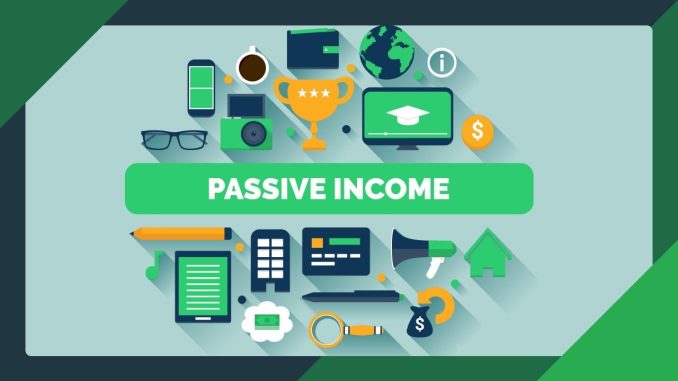
The allure of passive income, that coveted financial freedom where money seemingly works for you rather than the other way around, is a powerful motivator for many aspiring entrepreneurs and established business owners alike. While the term “passive” often conjures images of effortless wealth accumulation, the reality is that true passive income streams, particularly those built through business, require significant initial effort, strategic planning, and often, continuous refinement. It’s less about doing nothing and more about building systems and assets that generate revenue with minimal ongoing active involvement.
At its core, establishing passive income through business means decoupling your time from your earnings. Traditional employment, or even active business ownership where you are the primary driver of all operations, involves a direct exchange of your time for money. Passive income, by contrast, seeks to create a mechanism where the business itself, or an asset it produces, generates revenue independently of your direct, daily intervention. This frees up your time, allowing for greater personal flexibility, the pursuit of other ventures, or simply a more relaxed lifestyle.
One of the most common and effective pathways to passive income through business involves creating and selling digital products. This category is incredibly broad, encompassing everything from e-books, online courses, software, stock photography, and even digital art or music. The beauty of digital products lies in their scalability and low marginal cost. Once created, they can be replicated and sold an infinite number of times without incurring additional production costs for each unit. Imagine a seasoned consultant who compiles years of expertise into a comprehensive online course. After the initial effort of creating the curriculum, recording the videos, and setting up the platform, the course can be marketed and sold repeatedly, generating revenue each time a new student enrolls, with minimal ongoing involvement from the consultant beyond marketing and occasional updates.
Another potent avenue lies in licensing and royalties. This involves creating intellectual property and then granting others the right to use it in exchange for a fee, often a percentage of their sales or a fixed payment. This could be a patented invention, a copyrighted piece of music, or even a brand name. Consider a designer who creates a unique pattern and licenses it to a fabric manufacturer. Every time that fabric is sold, the designer earns a royalty, without having to be involved in the manufacturing, marketing, or distribution process. Similarly, authors earn royalties on book sales, and musicians on their streamed or downloaded tracks. The initial creative effort is significant, but the ongoing income requires little active management.
Subscription models also offer a compelling route to passive income, provided the service or product can be delivered with minimal recurring effort. Software-as-a-Service (SaaS) is a prime example. A developer builds a software application, and users pay a monthly or annual fee for access. While there’s certainly an ongoing need for maintenance, customer support, and updates, the revenue generated from thousands of subscribers often far outweighs the active time commitment once the core product is stable. Beyond software, subscription boxes for curated goods, membership websites offering exclusive content, or even premium access to online communities can be structured to provide recurring revenue streams with manageable oversight.
Investing in income-generating assets, particularly real estate, can also be a significant source of passive income within a business context. This extends beyond merely buying a single rental property. A business might strategically acquire multiple residential or commercial properties, building a portfolio that generates consistent rental income. While property management does require some attention, it can often be outsourced, further reducing active involvement. Furthermore, real estate investment trusts (REITs) offer a more hands-off approach, allowing businesses or individuals to invest in real estate portfolios managed by others, earning dividends from the collected rents.
Finally, building a business that can run autonomously, or largely so, is the ultimate passive income dream for many entrepreneurs. This involves creating robust systems, delegating tasks effectively, and empowering a skilled team to manage day-to-day operations. Franchising is an excellent example of this. A successful business model is replicated, and franchisees pay fees and royalties for the right to operate under the established brand and system. The franchisor, having built and refined the core business, earns income from multiple locations without actively managing each one. Similarly, an e-commerce store built on dropshipping, where products are shipped directly from a third-party supplier to the customer, can be highly automated once the marketing and customer service funnels are established, requiring less daily intervention from the owner.
In conclusion, while the term “passive income” might suggest effortlessness, building sustainable streams through business is an active endeavor at the outset. It demands foresight, creativity, and a strategic mindset to construct assets or systems that continue to generate revenue long after the initial work is done. Whether through digital products, licensing, subscriptions, strategic investments, or highly automated business models, the goal remains the same: to create financial freedom by decoupling your time from your earnings, ultimately allowing your business to work for you.